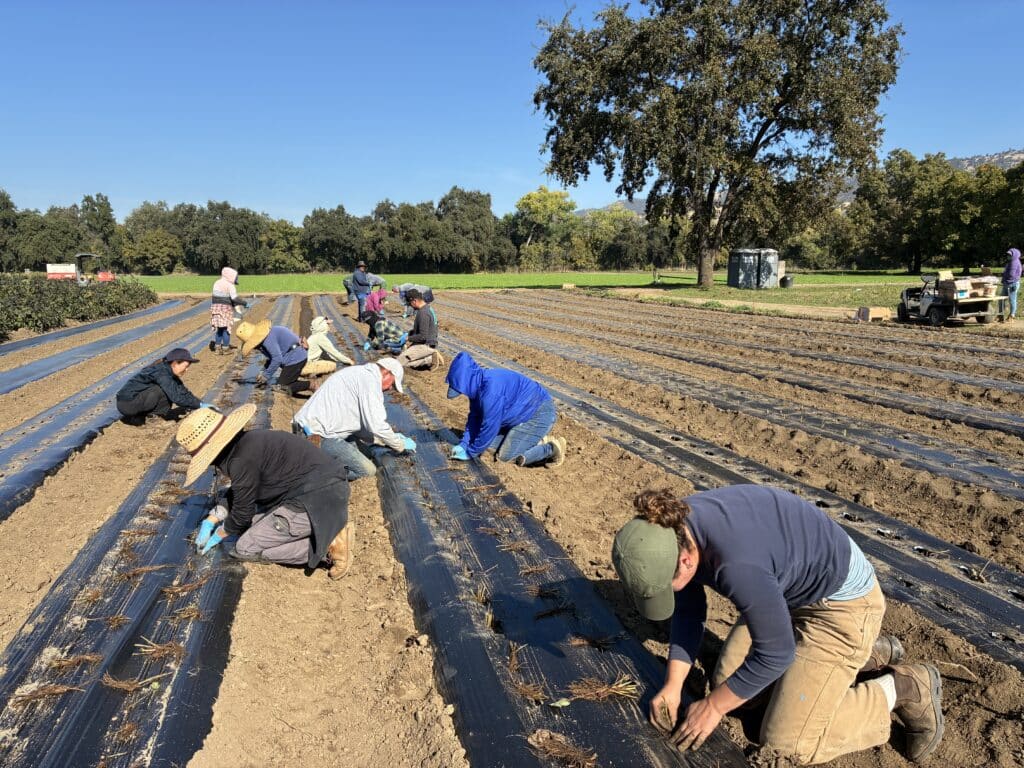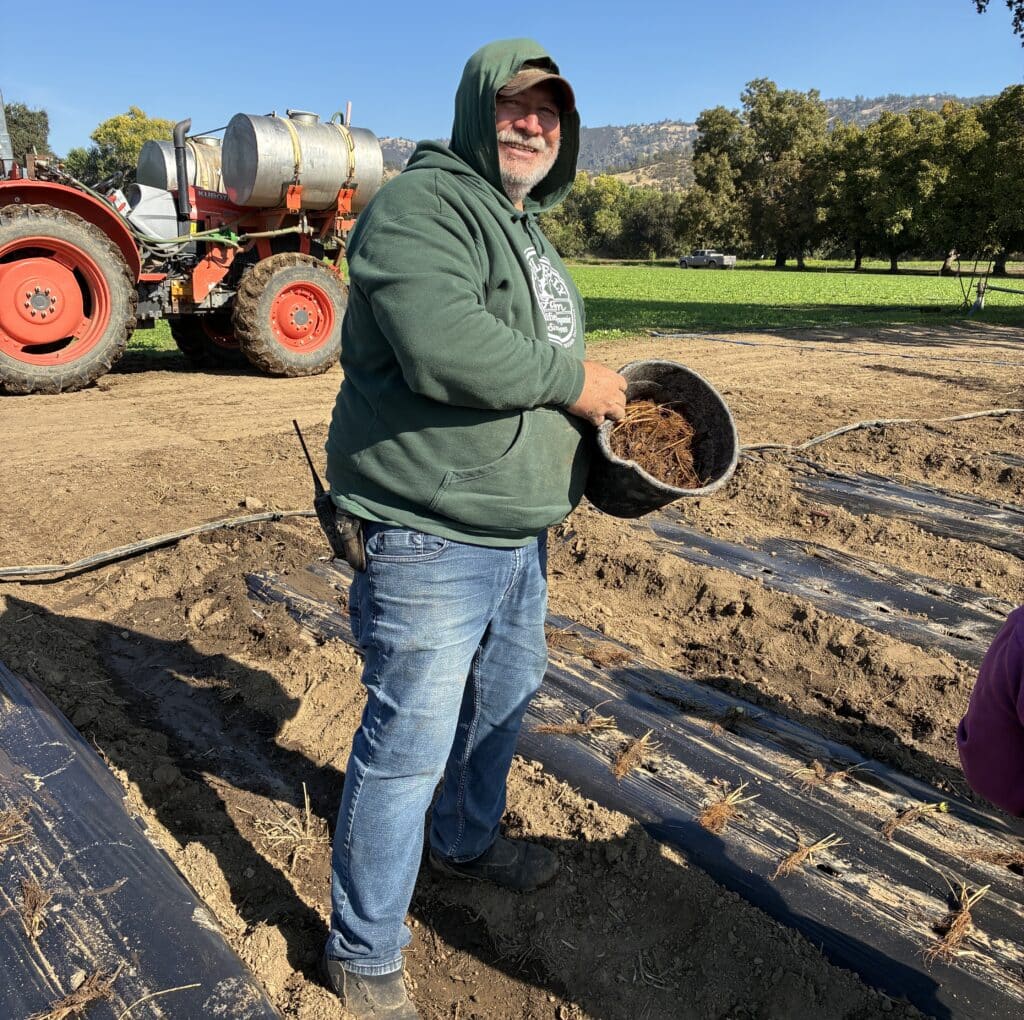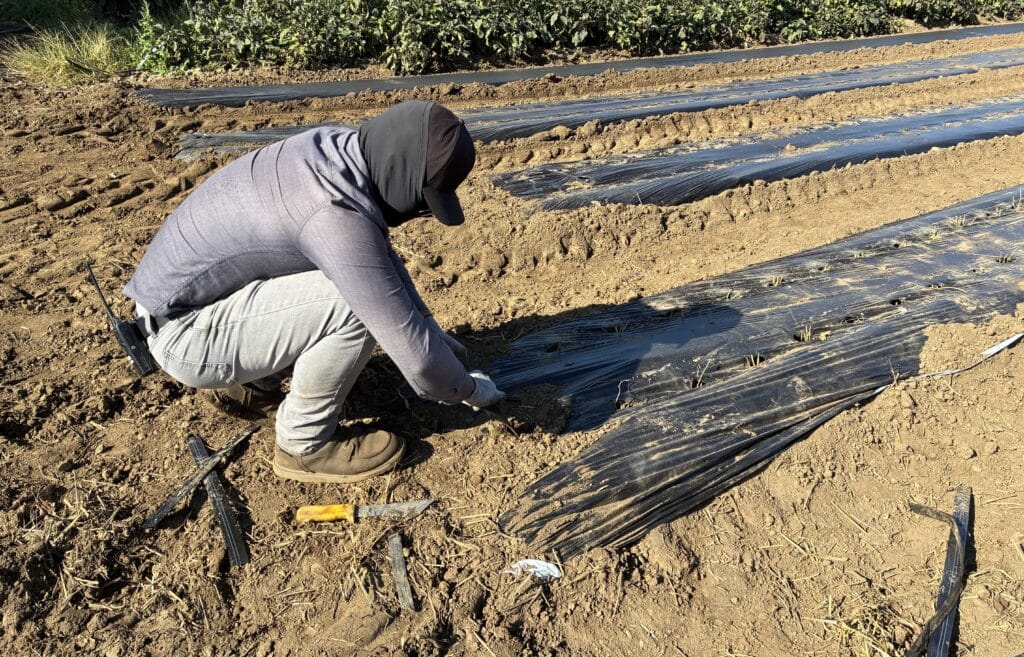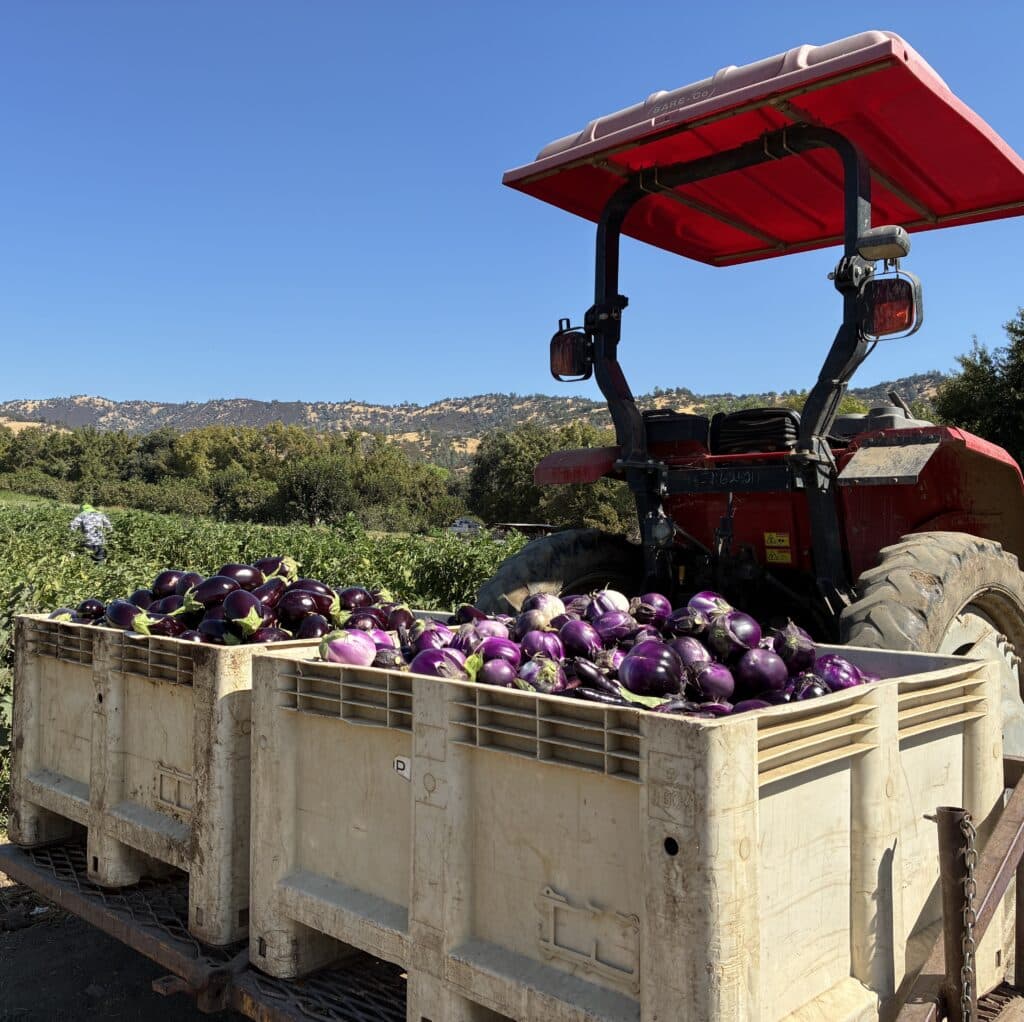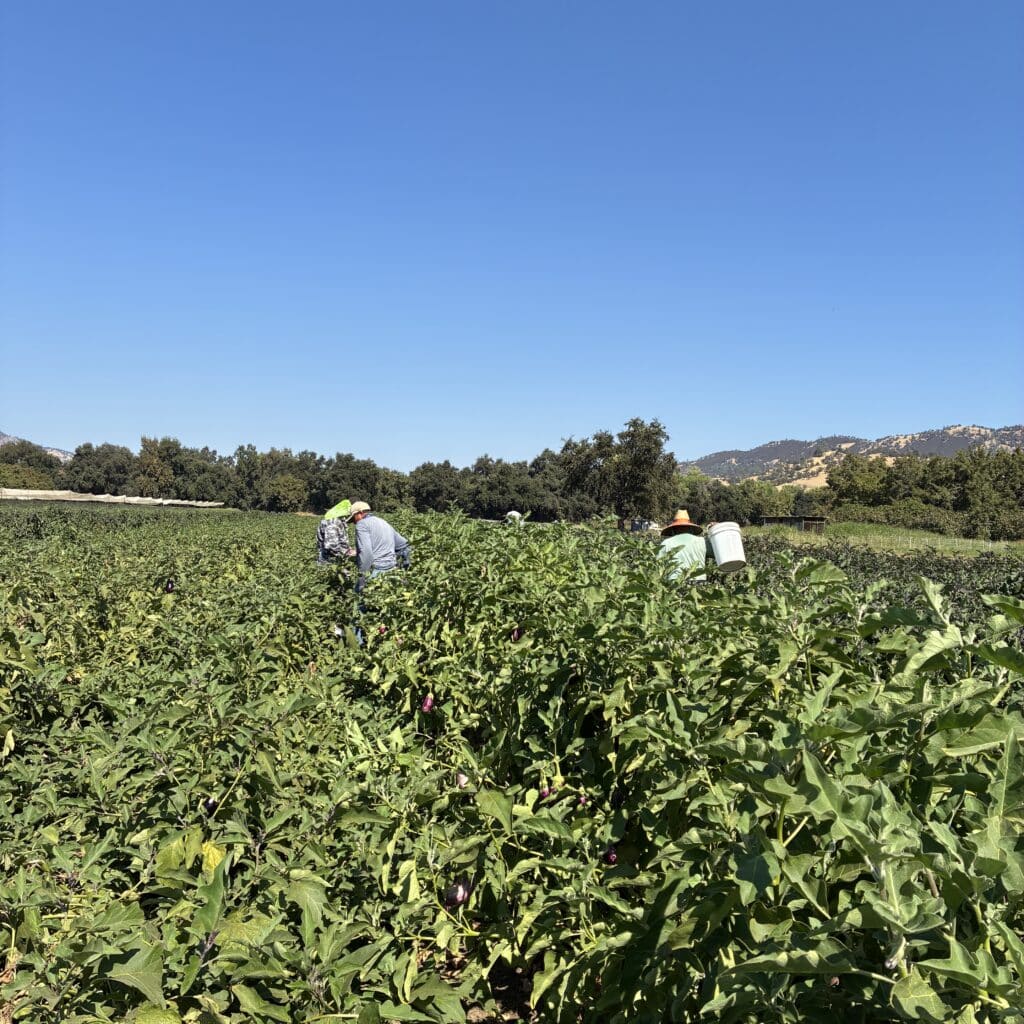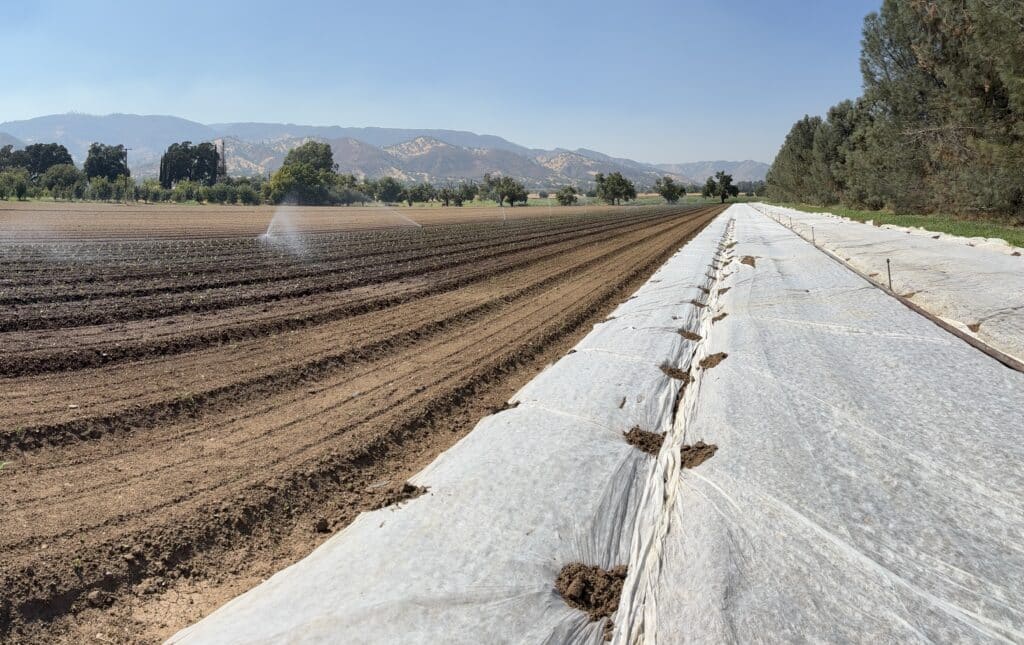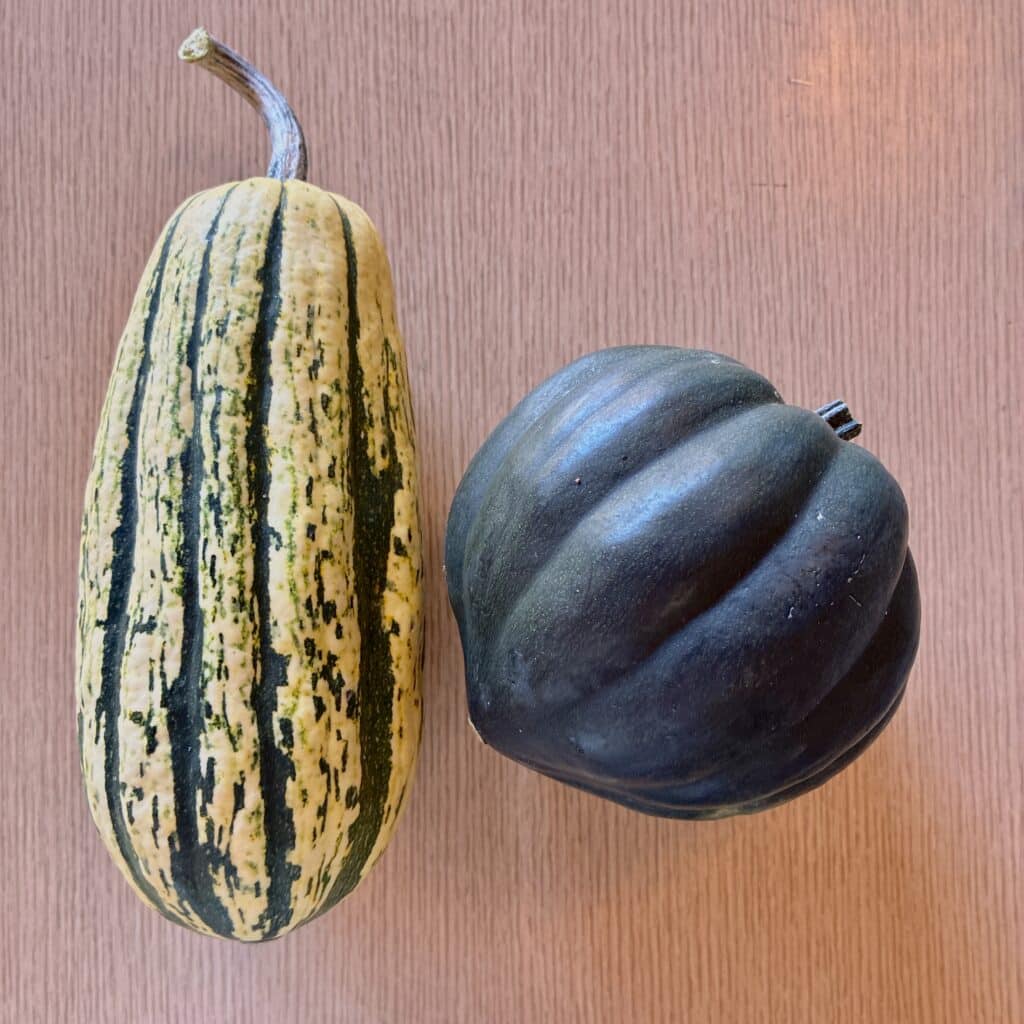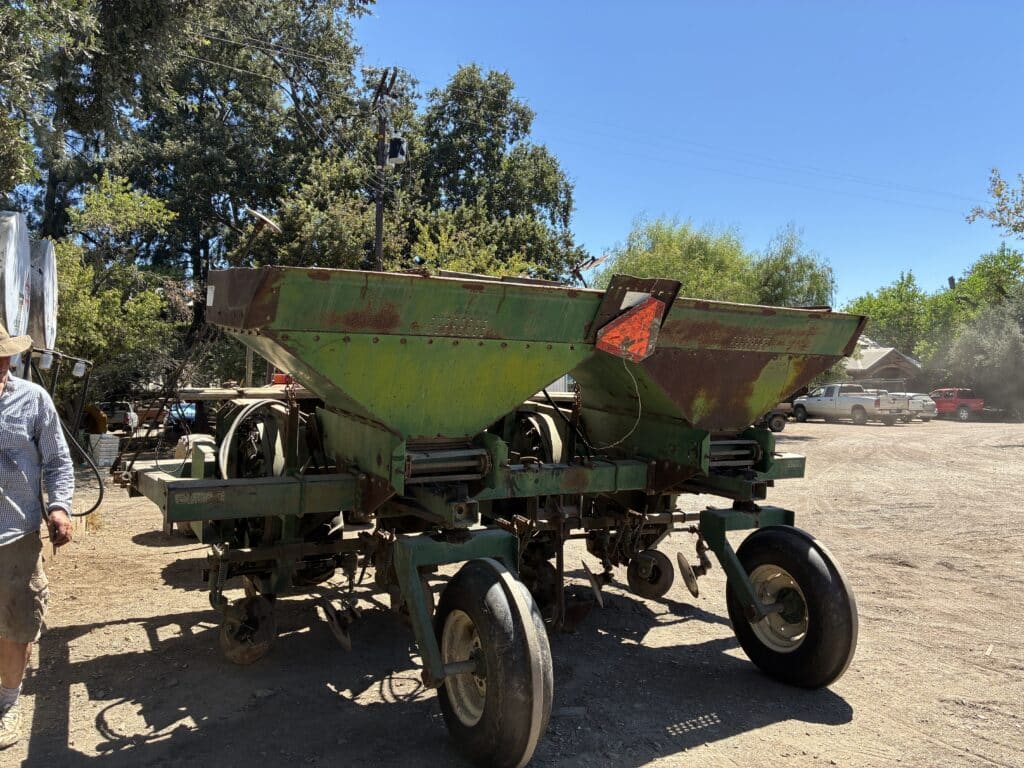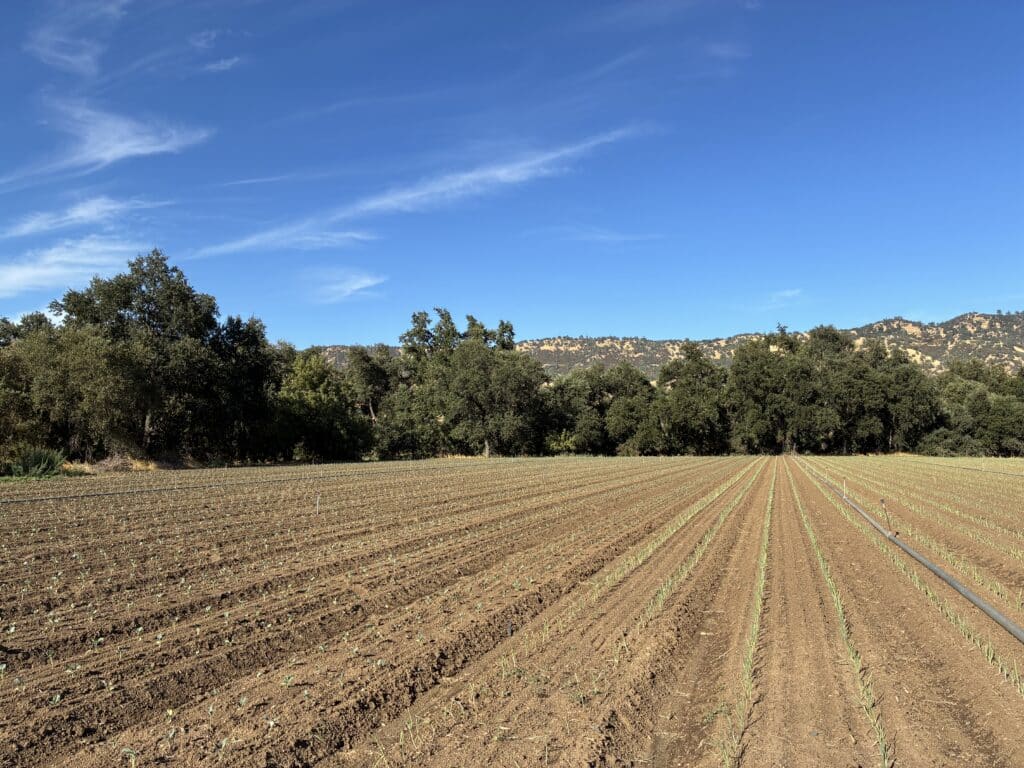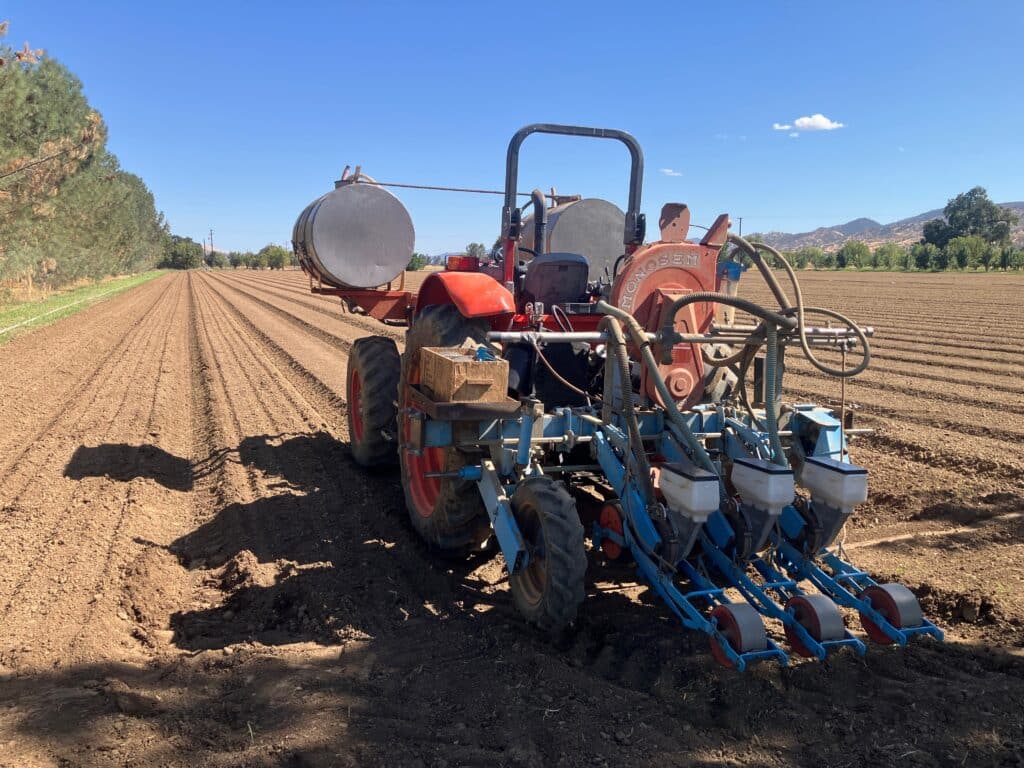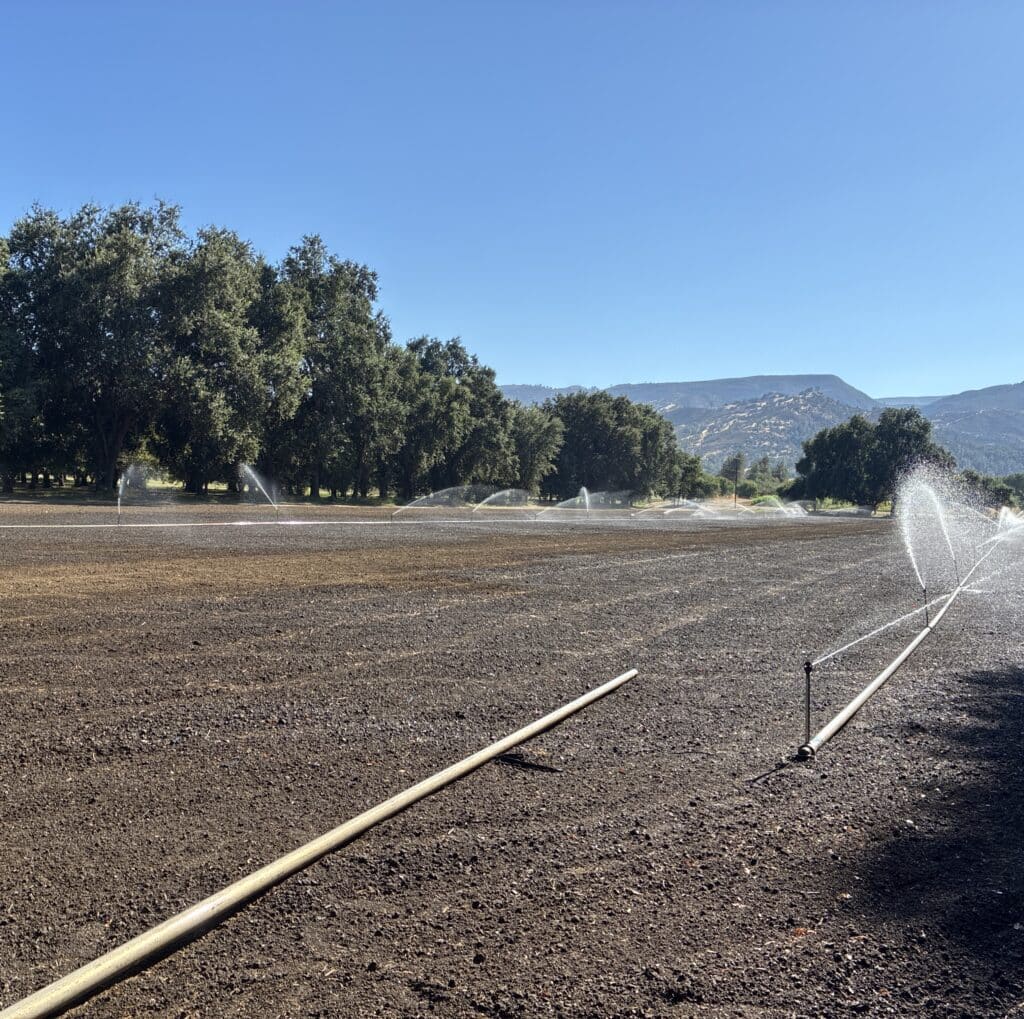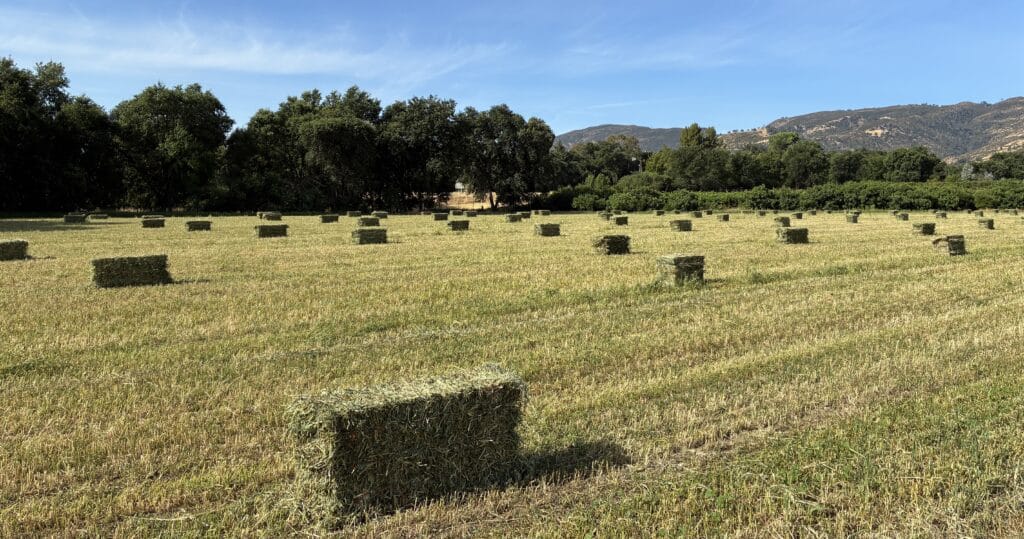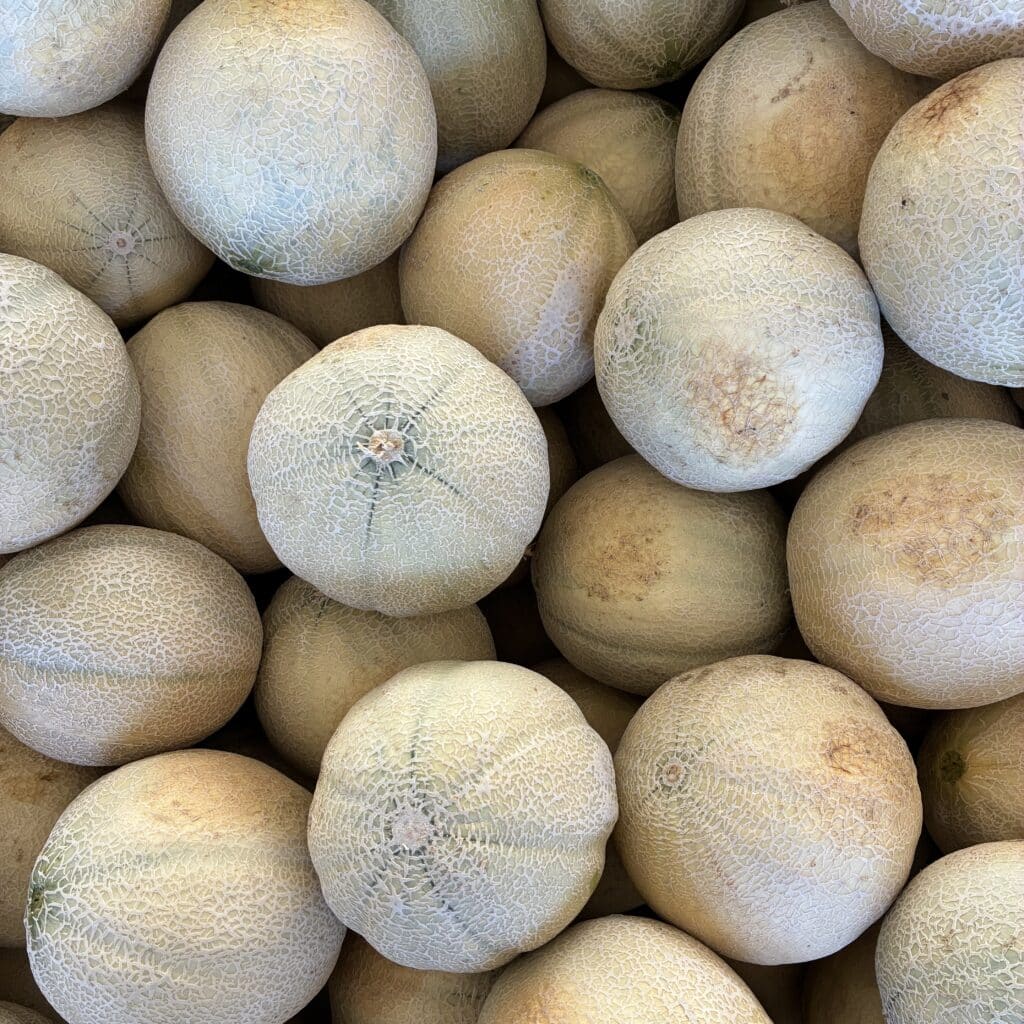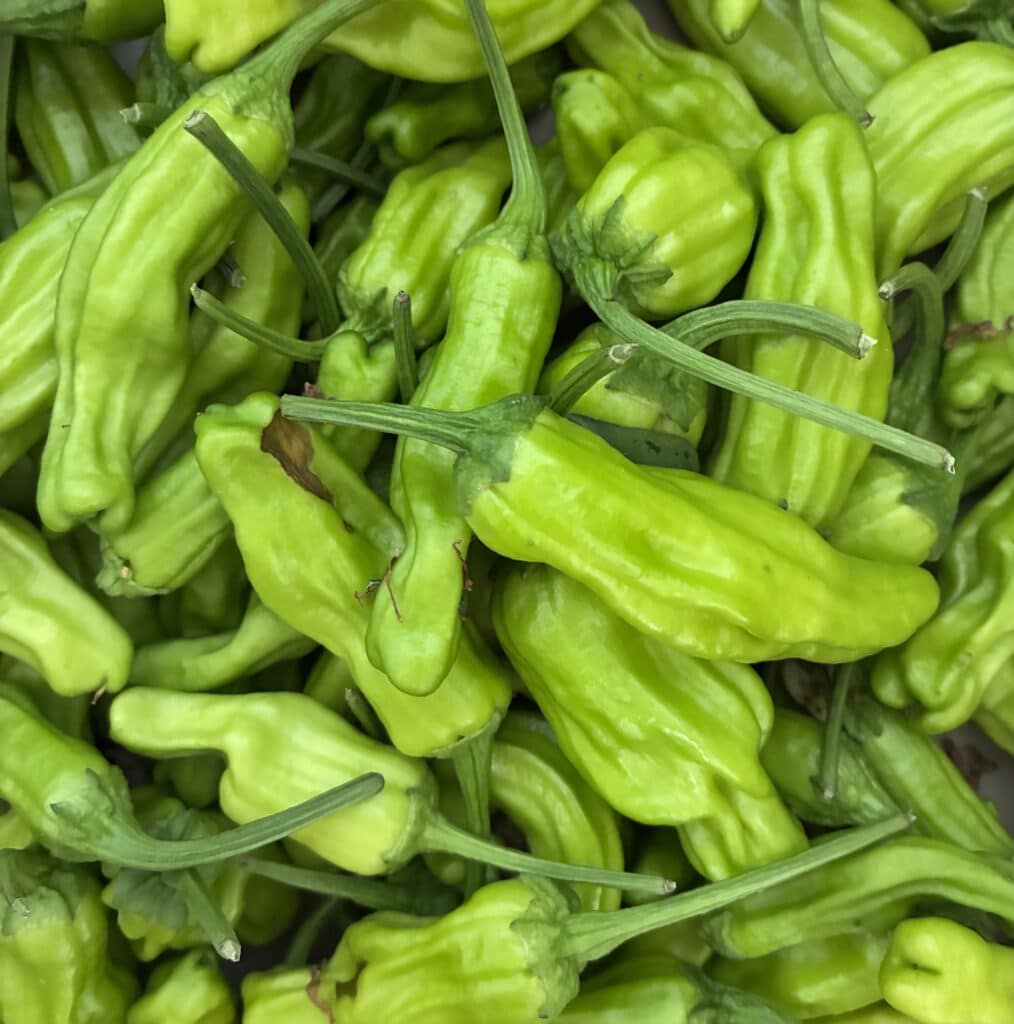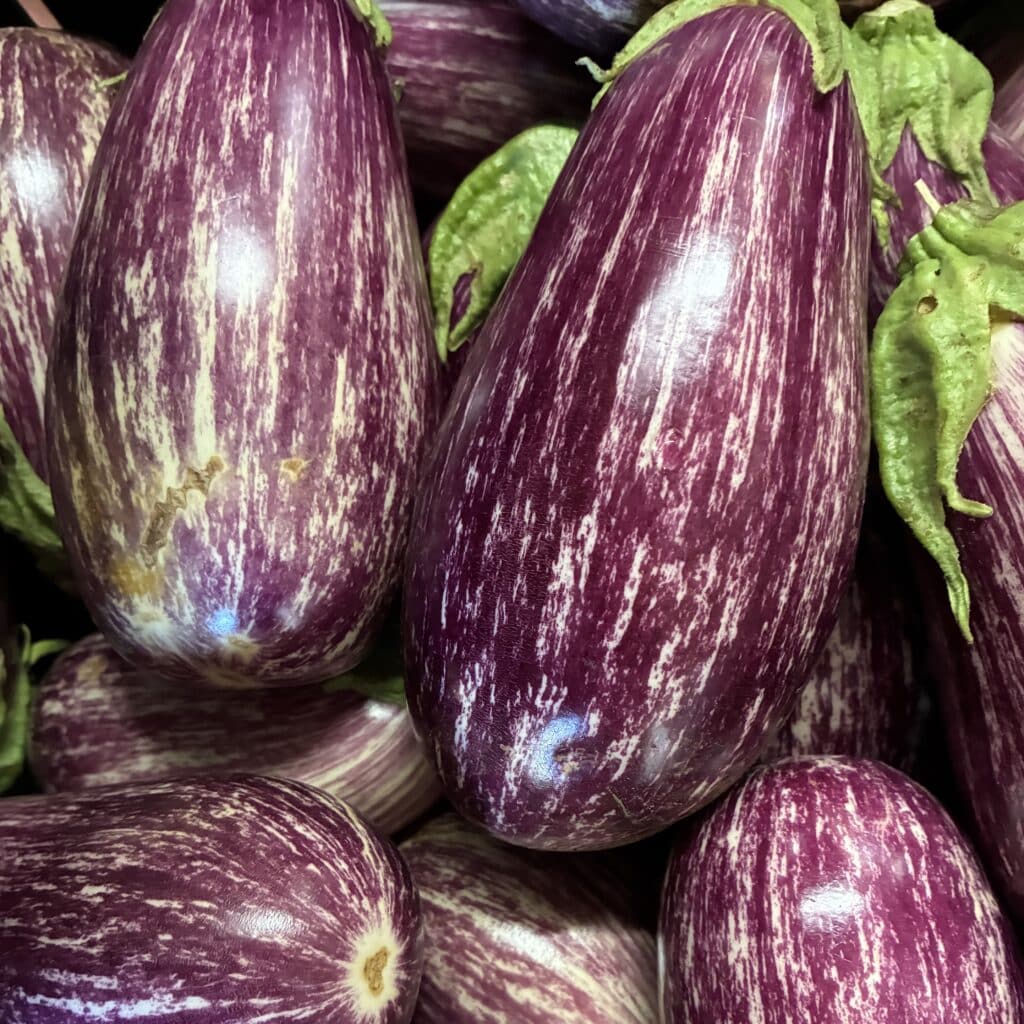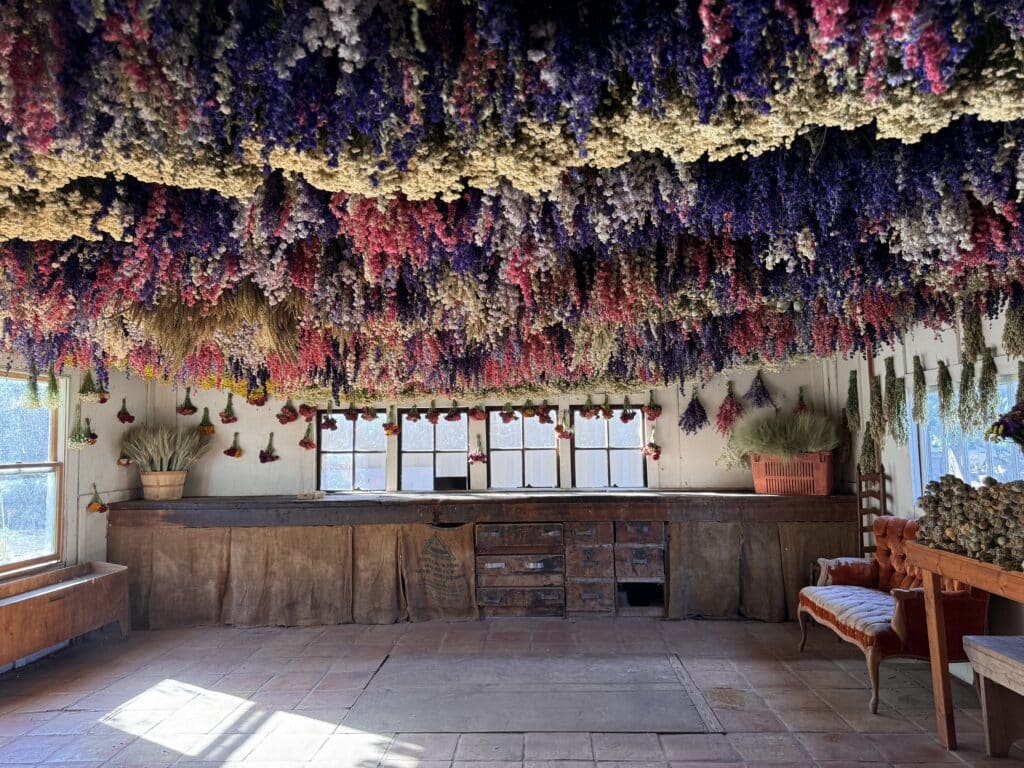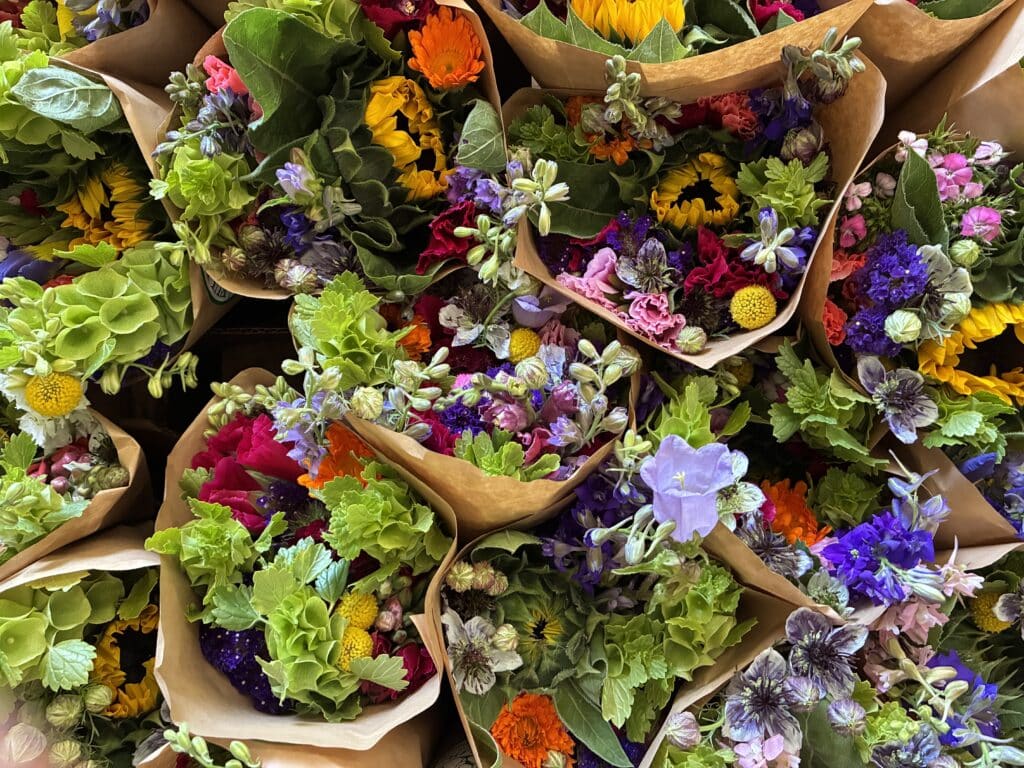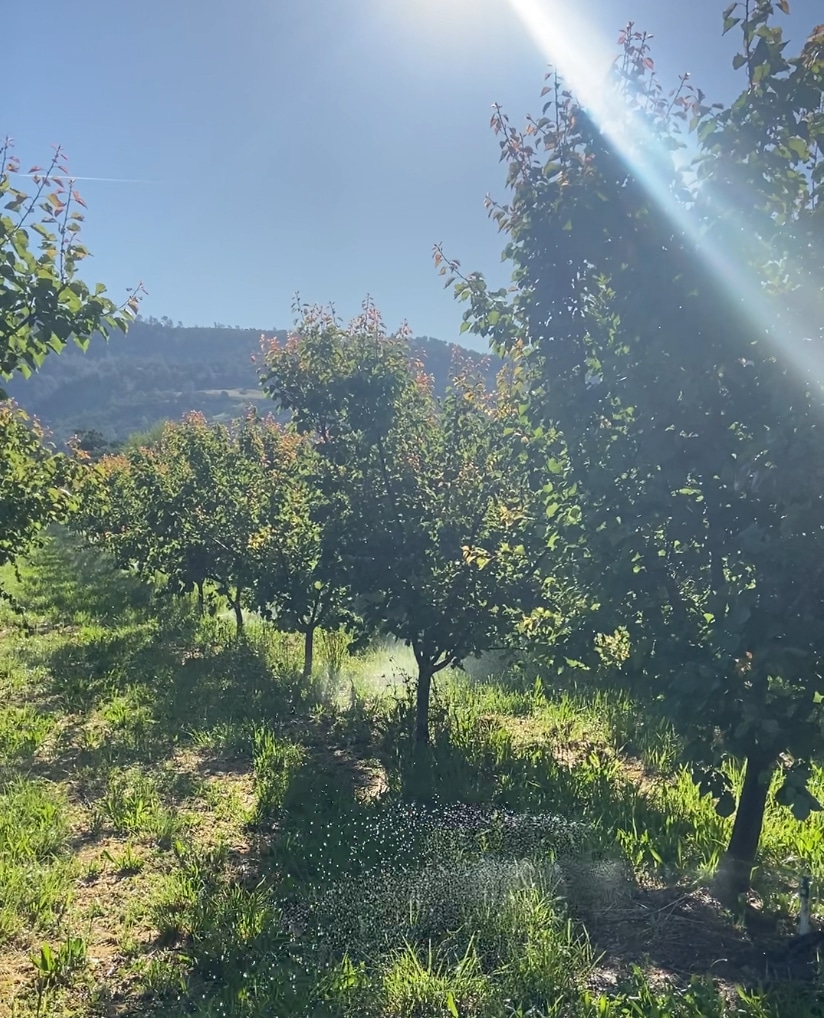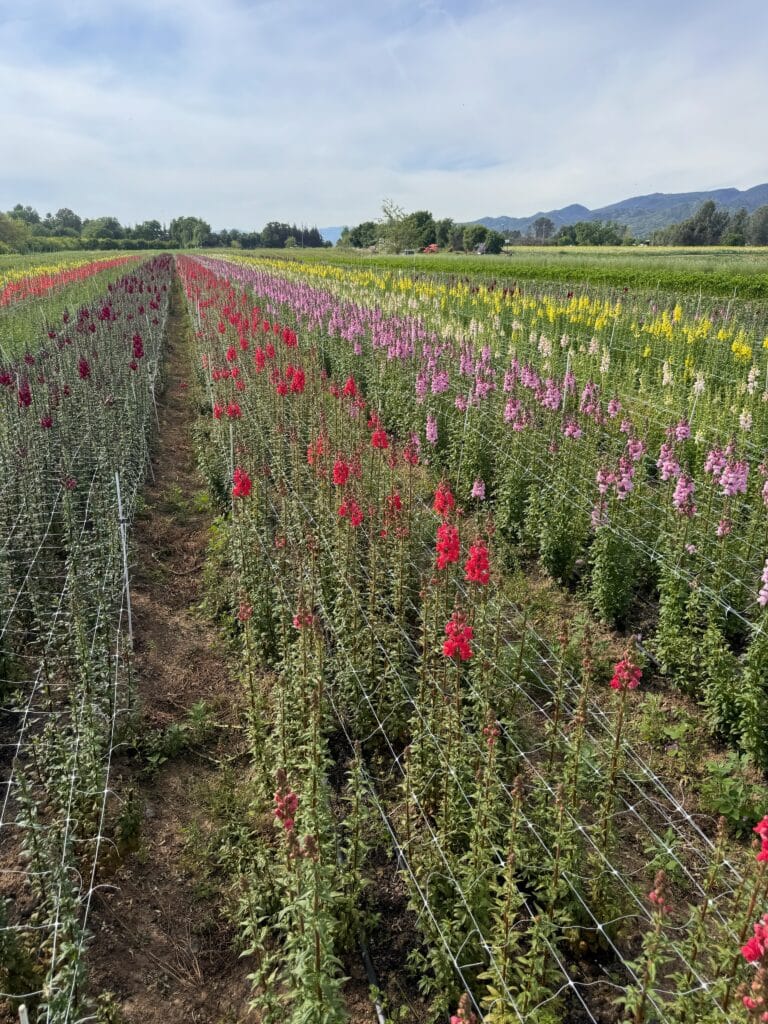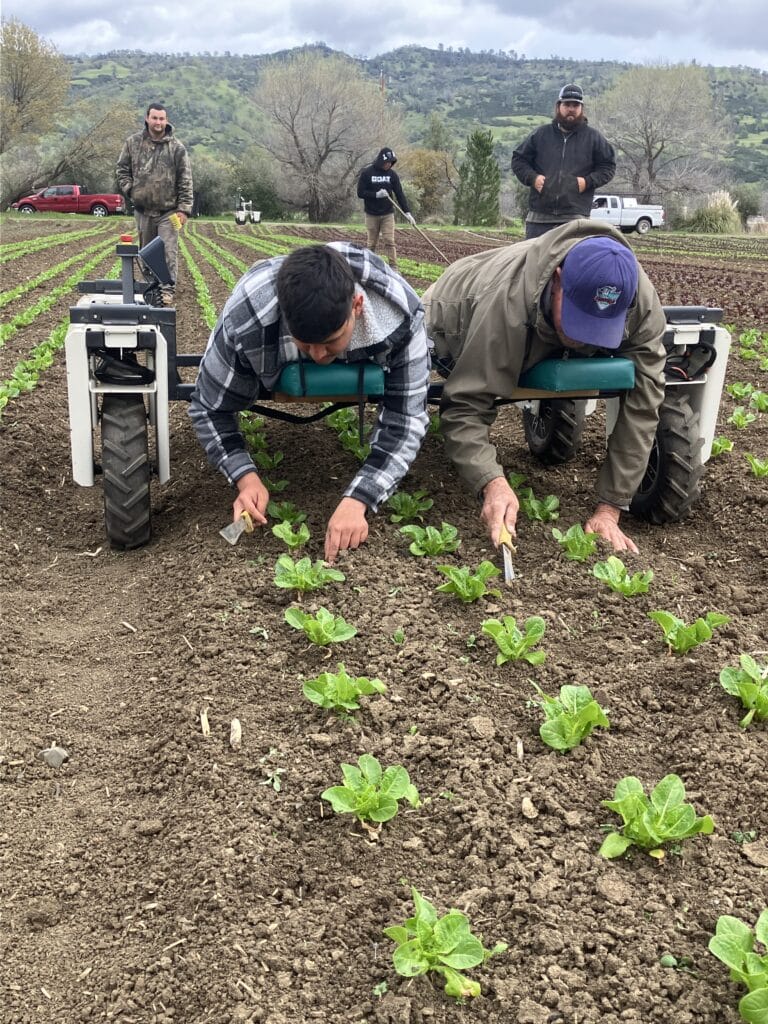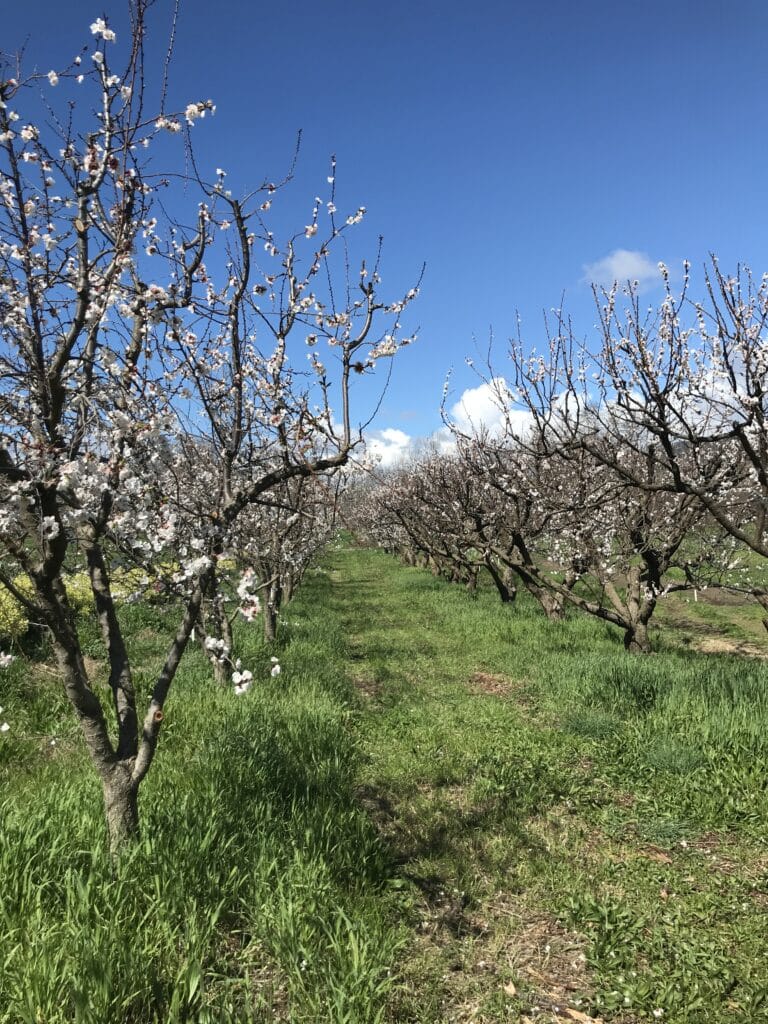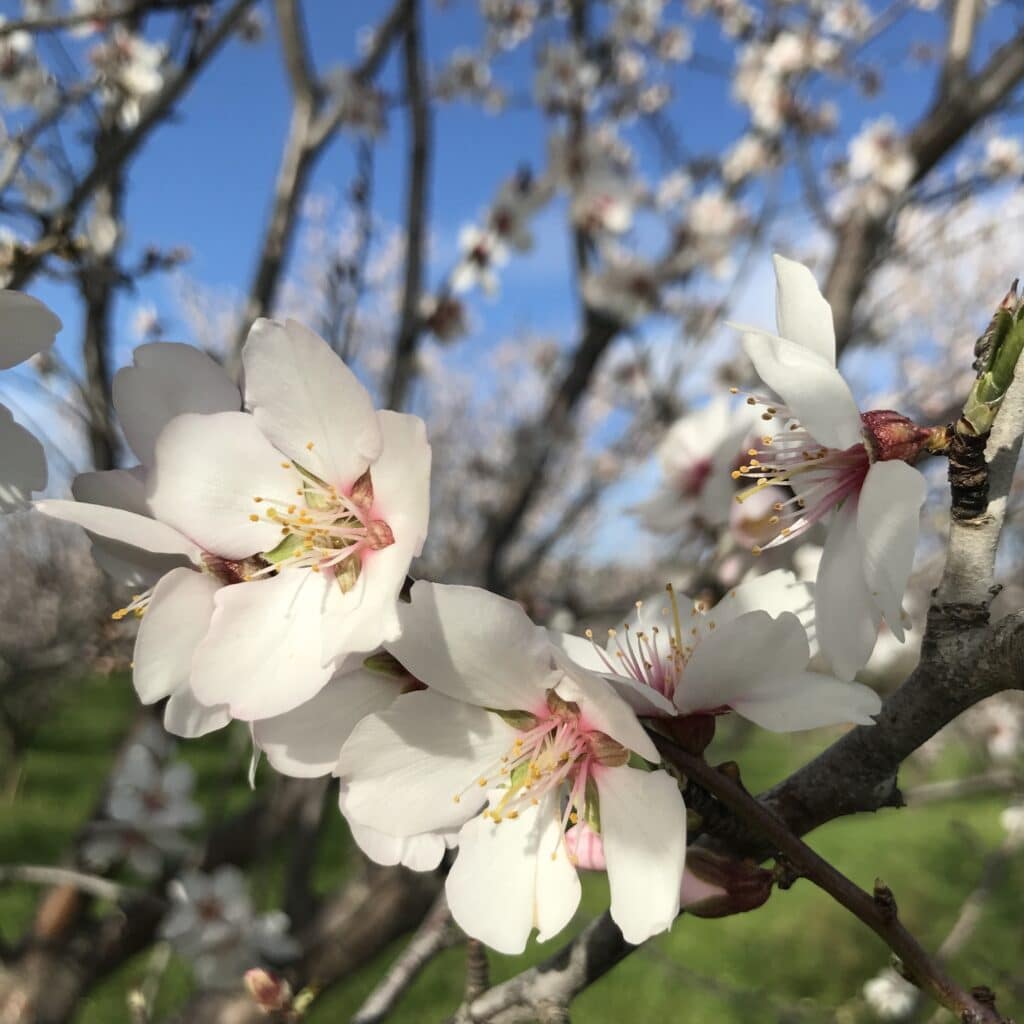
We think of the cooler months being a quieter, slower time. That was not the case last week. Monday, Tuesday, and Wednesday were spent trying to get as much done as possible before it rained. Thursday and Friday (especially Thursday when it was raining hard) were all about getting the harvest done as quickly as possible so folks could get home and get out of the rain and mud.
Amid all the rush and bustle, I did get a few pictures to capture some of that activity:

Paul planting winter cover crop seed after the sun dipped below the hills in the field that was the Hoes Down sudan grass maze. That’s why tractors have headlights! The grain drill was in almost constant use last week getting this very important crop planted. Learn more about cover crops and why we plant them here.
[Read more…]
